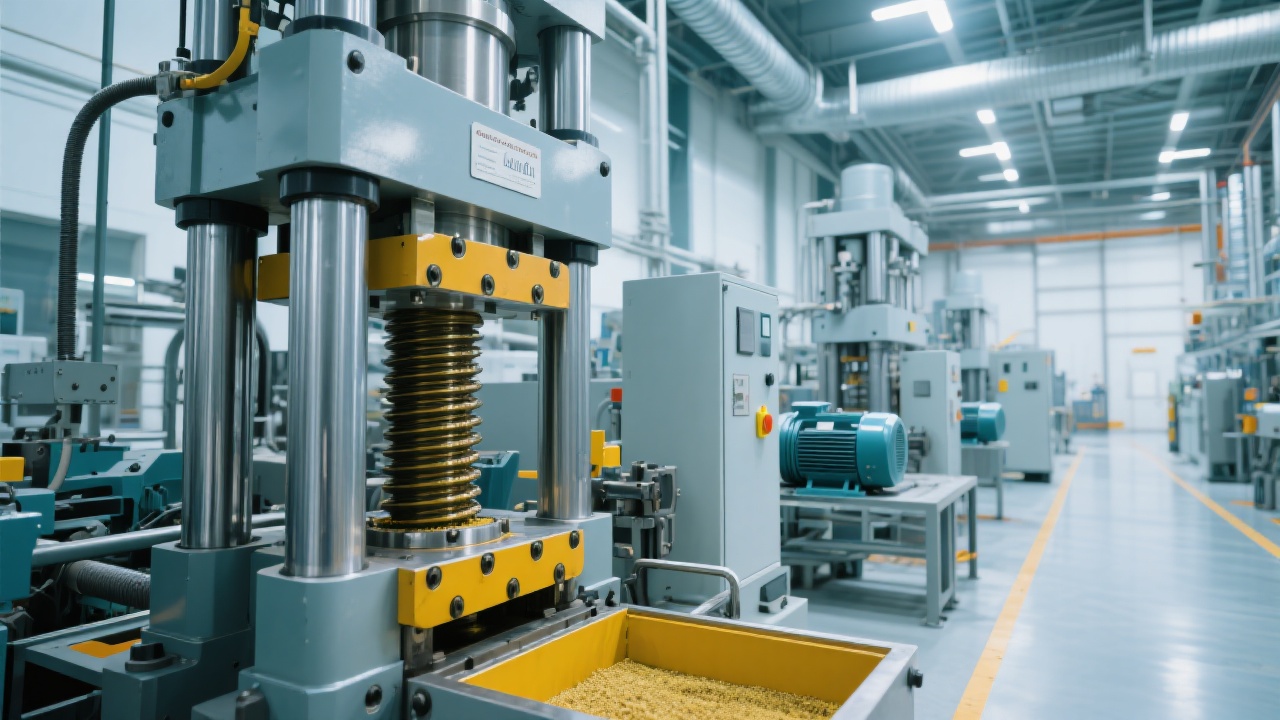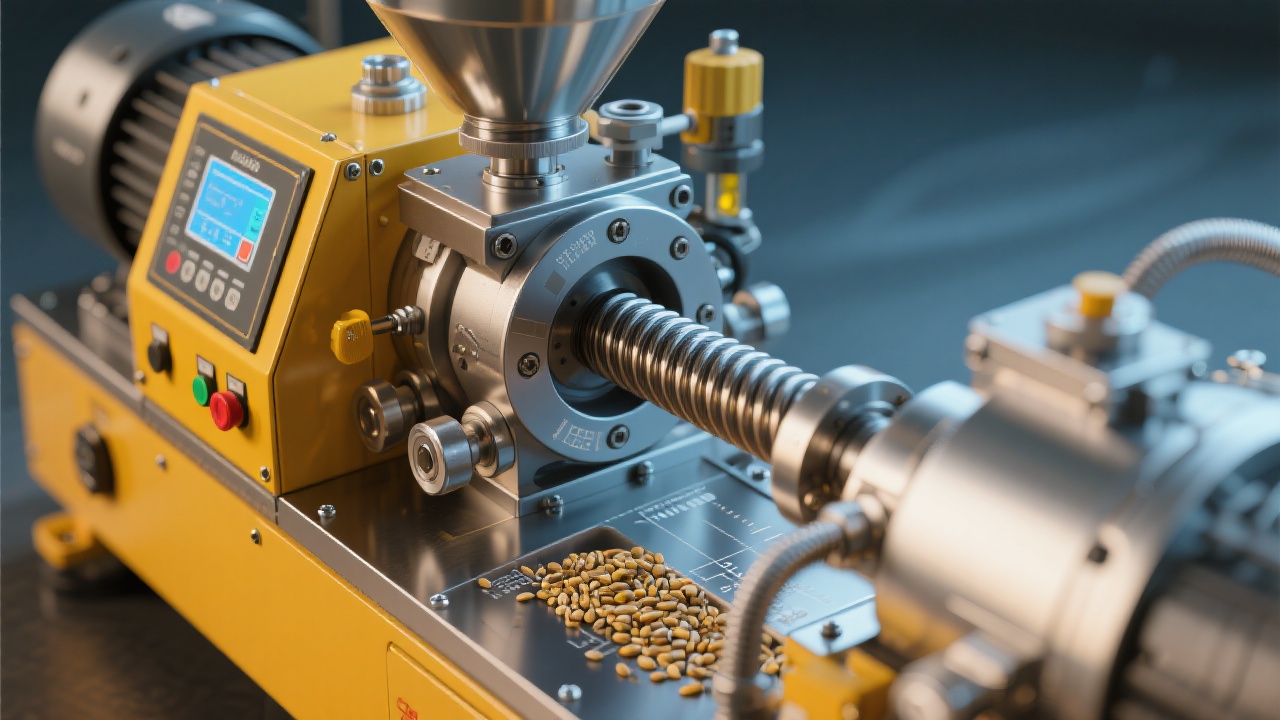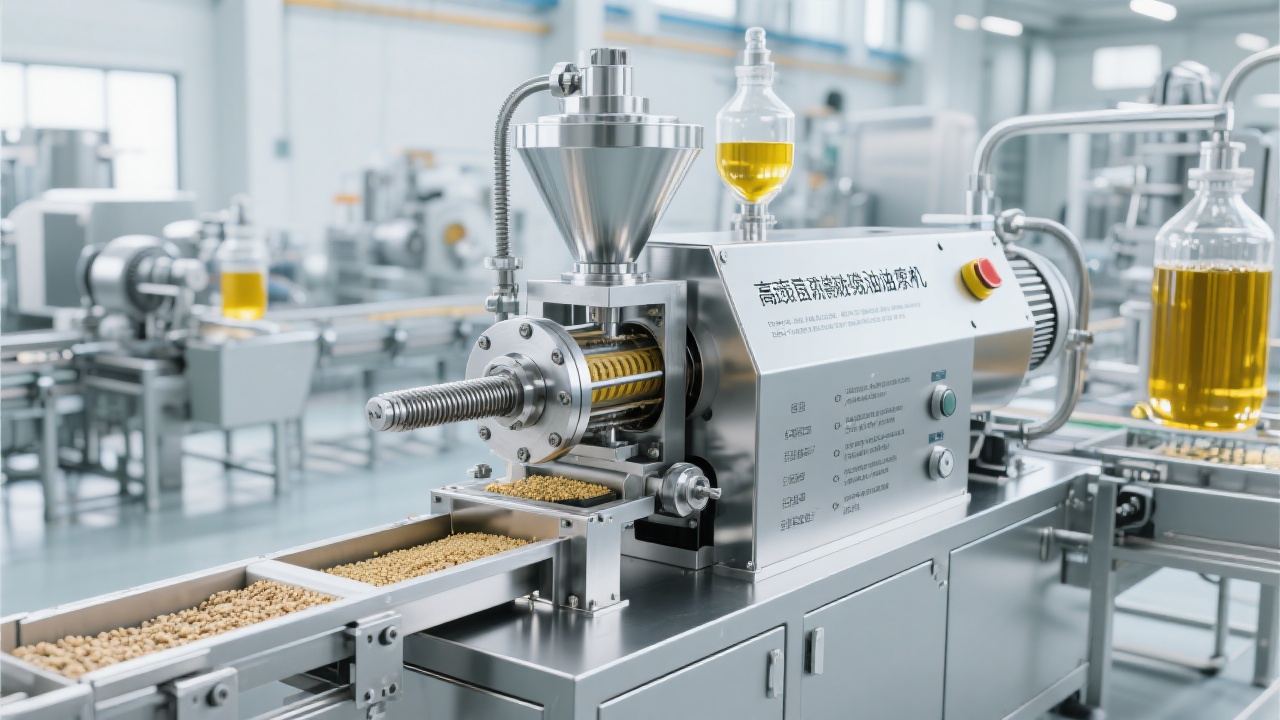
The evolution of peanut oil extraction has witnessed substantial technological leaps, particularly in the domain of fully automated expeller equipment. Integrating optimized mechanical structures with cutting-edge PLC (Programmable Logic Controller) automation has revolutionized oil yield efficiency, reduced energy consumption, and minimized maintenance challenges such as press blockages. This article delves into the core mechanical designs and automation workflows that drive this transformation while outlining practical energy-saving methodologies and eco-friendly production processes essential for modern oil pressers.
Modern peanut oil expellers utilize enhanced screw press parameters, featuring precision-engineered flight depth and pitch variations tailored to specific kernel varieties. This optimization directly impacts the compression ratio and shear force, key drivers of efficient oil extraction. For instance, a well-calibrated screw shaft with progressive pitch reduces kernel jamming and evenly distributes pressure, pushing the oil out effectively while maintaining kernel residue dryness below 7%.
Additionally, materials with high wear resistance such as alloyed steel coatings prolong equipment lifespan, reducing downtime. Modular design aspects enable easy component replacement and facilitate routine cleaning, significantly cutting maintenance windows by up to 30%.
The integration of PLC systems provides real-time monitoring and dynamic adjustment capabilities across pressing parameters, including screw speed, temperature, and pressing pressure. Automated feedback loops adjust operating conditions instantly, optimizing oil yield which can enhance recovery rates by 2-5% compared to manual control systems.
Key control points include:

Employing servo-driven motors in place of conventional gear systems reduces mechanical energy loss by approximately 25%, resulting in lower power consumption per ton of raw peanuts processed. The use of high-efficiency motors paired with variable frequency drives enables precise adjustments to power output matching load requirements, further driving energy savings.
| Energy Saving Method | Estimated Energy Reduction | Operational Impact |
|---|---|---|
| Servo Motor with VFD Control | 20-30% | Stable screw speed adaptation |
| Optimized Screw Geometry | 15-20% | Reduced kernel clogging and wear |
| Heat Recovery Systems | 10-15% | Recycles pressing heat to preheat inputs |
Low Oil Yield: This often results from improper temperature control or kernel varieties with high moisture content. Maintaining temperatures in the optimal range and adjusting screw speeds per raw material characteristics can improve oil output by nearly 4%.
Mechanical Blockages: Clogging mainly arises from uneven raw input size or debris. The solution lies in pre-processing steps such as sieving and continuous monitoring through pressure sensors integrated in the PLC system, allowing automatic shutdown before damage occurs.

Field data shows that pressure and temperature fine-tuning directly correlates with oil clarity and free fatty acid levels. For example, maintaining pressing chamber temperature near 120°C lowers free fatty acid content by 0.5%, enhancing oil shelf life. Moreover, adapting operation parameters to specific peanut varieties—such as runner or Virginia types—ensures consistent oil profiles and reduces breakdowns.
Operators equipped with user-friendly HMI (Human-Machine Interface) dashboards can easily adjust parameters and monitor key performance indicators to maximize throughput while preserving oil quality.

Discover How to Maximize Your Peanut Oil Production Efficiency with Our High-Performance Fully Automatic Expellers
Explore Our Energy-Saving, High-Yield Peanut Oil Press Machines Today

